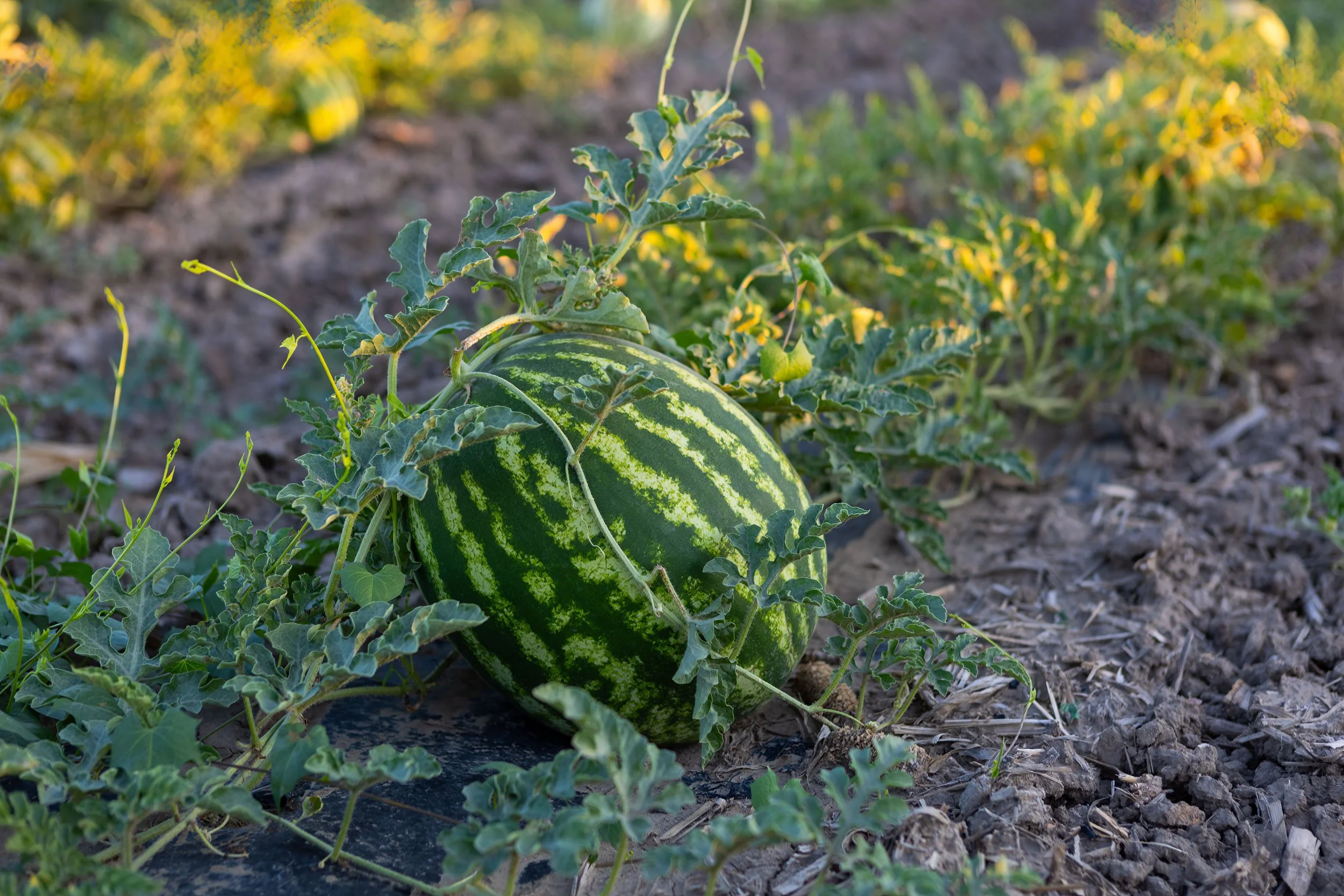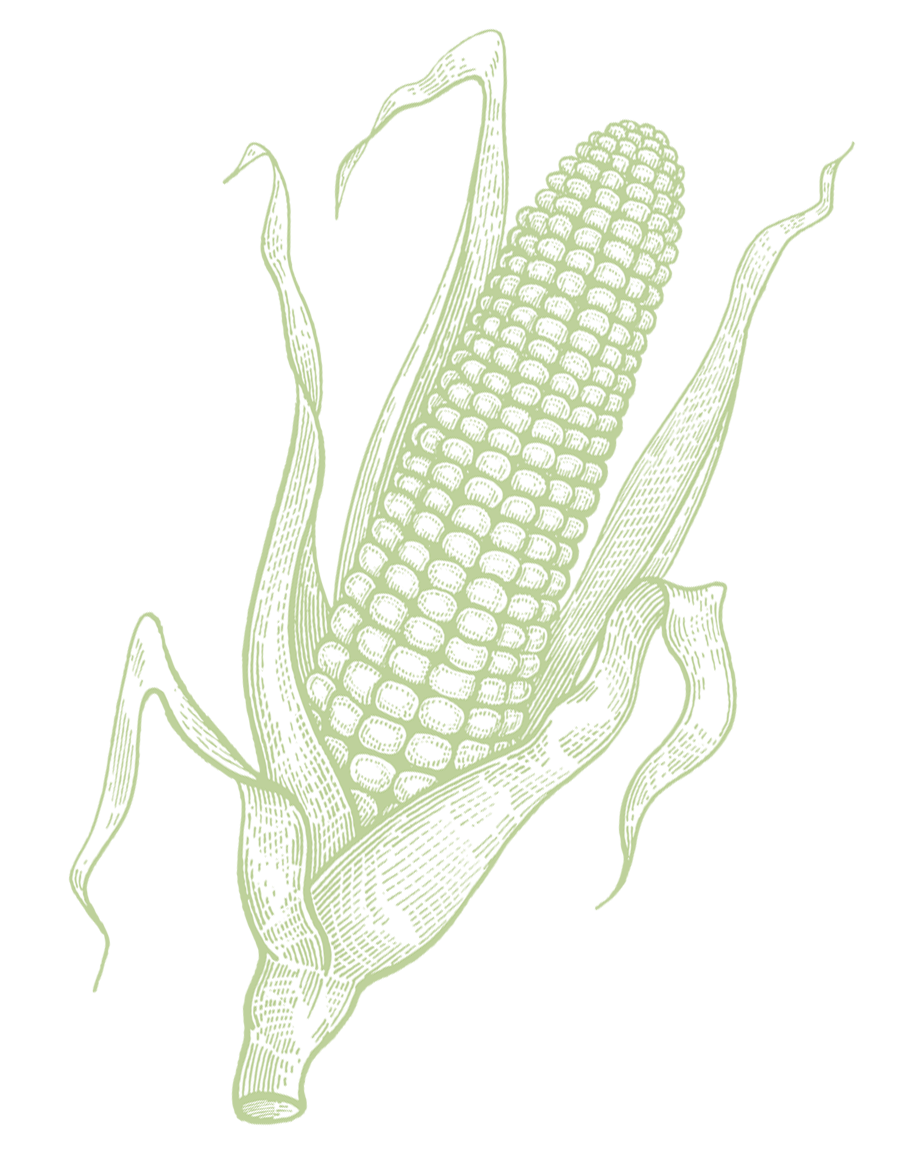
Why IT Matters
The Lower Arkansas Valley is a place worth knowing. And a place worth protecting.
It is a living, working landscape woven together by land, water, and people. Here in southeastern Colorado, the horizon stretches wide, the sunsets burn bright, and the roots of rural life run deep. This is a place defined by resilience. Families have lived, farmed, and ranched here for generations, shaping the land with their hands, built on a foundation of hard work, neighborliness, and grit. Others have arrived more recently, drawn by the peace of open skies and the strength of close-knit communities.
But what unites us all – whether our names are etched in century-old records or freshly painted on a mailbox – is our connection to this land and the water that sustains it.
Every spring, when the irrigation ditches begin to fill and tractors break the winter silence, the Valley stirs with life. It’s more than just the start of a growing season – it’s a reminder of what we stand to lose, and what we’re fighting to keep. Water transfers and the loss of irrigated agriculture not only weaken our economy and worsen our water quality, they erode our communities.
That’s why it matters. Because when we protect the Lower Arkansas Valley, we’re not just saving farms and ranches – we’re preserving a culture, a community, and our future.

Safeguarding our Water Resources
The Lower Arkansas Valley Water Conservancy District has made significant strides to protect water and farmland—but the work is far from over. The fight to preserve this region and our rural way of life has never been more urgent.
When rural communities lose their water, they lose more than just crops. They lose their economic engine, their cultural foundation, and their future.
When farmland is dried up so cities can grow, that’s not economic progress—it’s the relocation of opportunity from one community to another.
As Colorado’s Front Range expands, cities continue to eye the Valley’s water to fuel their growth. But there is no surplus—only sacrifice. Every new annexation upstream dries up a farm downstream.
To protect the Lower Arkansas Valley, we must protect the water.
The Stark Loss of Irrigated Agriculture
Agriculture is a powerhouse in Colorado, contributing $49 billion to the state’s economy – and the Lower Arkansas Valley is a vital part of that success. Prowers County ranks 6th and Otero County 11th in statewide agricultural output – a clear testament to the productivity and importance of this region, not only to those who live here, but for all Coloradans.
We’re known for the Pueblo chile and Rocky Ford melons, but our farms and ranches produce more than just food. They grow heritage, hard work, and a rural way of life rooted in the land. From specialty crops and vegetables to beef production and commodity grains, the Lower Arkansas Valley feeds people across Colorado – and across the country.
But the water that makes this possible is disappearing.
In the past 25 years, Colorado has lost over 1 million acres of irrigated farmland—a 32.2% drop statewide, according to the USDA. While several factors contribute, the most significant include shifting hydrology, interstate compact obligations, and the continued transfer of water from farms to cities.
The Lower Arkansas Valley has been hit even harder. Irrigated acreage is down 35.8% across the region, with Pueblo County experiencing a 60% reduction and Crowley County a staggering 90% decline.
We are at a crossroads. What we decide now will shape the future – not just for this Valley, but for the food systems and rural communities Colorado depends on. This is more than taking a stand for farmland – it’s our chance to protect the identity, resilience, and economic life of southeastern Colorado.
The Reality of Water sales
Water sales in the Lower Arkansas Valley are not the result of free markets and willing sellers alone. The reality is more complicated – and more troubling.
Throughout our history, municipalities and water speculators, looking to flip water to cities for a profit, have approached farmers during their most vulnerable moments: times of drought, low crop prices, or personal hardship. With deep pockets and financial leverage, cities can afford to offer far more than the agricultural value of water – often leaving farmers feeling they have no choice but to sell.
As cities acquire more shares and eventually gain majority ownership of the ditch company, control shifts. What once served a farming community becomes increasingly geared toward urban needs. The remaining farmers are left to shoulder the full burden of lateral ditch maintenance and water delivery – responsibilities once shared among neighbors. Eventually, many face a difficult choice: continue farming in a system managed to prioritize city interests, or walk away.
You have to look no further than the Colorado Canal and the Rocky Ford Ditch, which were dismantled through this pattern. Their water now flows not to crops, but to city taps hundreds of miles away, in places like Aurora and Colorado Springs. What’s left behind is land that’s dry, farms that can’t function, and communities struggling to hold on.
Water prices, driven by municipal competition, have skyrocketed. That surge has locked out new and young farmers, priced out existing ones, and destabilized the foundation of agriculture in the region.
This isn’t just about economics – it’s about survival. If this trend continues, we risk losing not only farmland, but the culture, economy, and communities that depend on it.
When Water Departs
A Cautionary Tale
Crowley County stands as a stark warning of what can happen when agricultural water is permanently transferred out of a rural community. Over several decades, nearly 90% of the county’s irrigation water was sold to growing cities like Aurora, Colorado Springs, and Pueblo.
This was once a thriving agricultural hub. Nearly 50,000 irrigated acres supported a wide range of crops—vegetables, sugar beets, orchards, alfalfa, and more. But today, less than 2,000 irrigated acres remain. The fields have gone dry, and with them, the economic heart of the county.
Businesses closed. Families moved away. The local economy, once rooted in agriculture, now relies heavily on two correctional facilities—home to nearly 3,000 inmates, who outnumber the county’s remaining residents. Crowley County now has one of the highest poverty rates in Colorado.
Those who stayed behind are left to battle the consequences: dust storms, encroaching weeds, and the fading memory of a once-vibrant community. The water didn’t just irrigate crops – it sustained a community. Its loss didn’t just dry up farmland. It hollowed out the soul of a region.
Closed businesses in the Town of Crowley, in Crowley County. Photo Credit: Helen Richardson - The Denver Post

Former irrigation ditch and farm field
Crowley County, Colorado

The Right To Clean & Safe Water
A History of Downstream Neglect
For years, Lower Arkansas Valley communities downstream of Colorado Springs have dealt with the consequences of the city’s stormwater runoff problems.
While not located near a major water supply, Colorado Springs imports more than 80% of its water from rural regions hundreds of miles from its watershed—including the Lower Arkansas Valley and the Western Slope. Its rapid urban growth has led to more than a fourfold increase in stormwater runoff into Fountain Creek, a tributary that ultimately flows into the Arkansas River in Pueblo County.
As the city expanded outward, so have the miles of pavement, rooftops, and roads – creating vast impervious surfaces that prevent rain and snow from soaking into the ground. The result has been faster, more forceful runoff, causing severe erosion, increased sediment loads, and severely degraded water quality – all of which impacting the Arkansas River downstream and the people who depend on it.
This isn’t a new problem. The EPA sued Colorado Springs for water quality violations in both 1978 and 1989. And in the years that followed, internal disputes, voter opposition to stormwater funding, and lack of investment left the city’s stormwater infrastructure underfunded – and downstream communities vulnerable.
Stormwater runoff has caused severe erosion in Fountain Creek.
Investigations by the EPA and the State of Colorado in 2013 and 2015 documented the extent of the damage. They found that Fountain Creek and its tributaries were severely eroded, with pollution levels – including sediment and E. coli – regularly exceeding safe thresholds.
In 2016, the Lower Arkansas Valley Water Conservancy District filed a notice of intent to sue Colorado Springs under the Clean Water Act. The U.S. Department of Justice, on behalf of the EPA, followed with a federal lawsuit in early 2017, alleging that the city had failed to enforce its own stormwater regulations and did not require developers to install permanent control structures – leading to contaminated runoff entering Fountain Creek and its tributaries.
The Arkansas River, which Fountain Creek feeds, is a lifeline for downstream communities. It provides drinking water, irrigates crops, and supports recreation and wildlife. The State of Colorado joined the lawsuit as a co-plaintiff, and Pueblo County and the Lower Arkansas District joined as plaintiff-intervenors – underscoring the long-standing frustration of those living with the consequences of upstream neglect.
In January 2021, the case was resolved through a federal consent decree. Colorado Springs was required to:
Pay a $1 million civil penalty to the federal government,
Invest $11 million in stream restoration and mitigation projects, and
Fund $1 million in supplemental environmental projects aimed at improving water quality downstream.
For the people of the Lower Arkansas Valley, this legal victory was a long-overdue acknowledgment of the fundamental right to clean and safe water — and a step toward accountability for decades of damage caused upstream.








